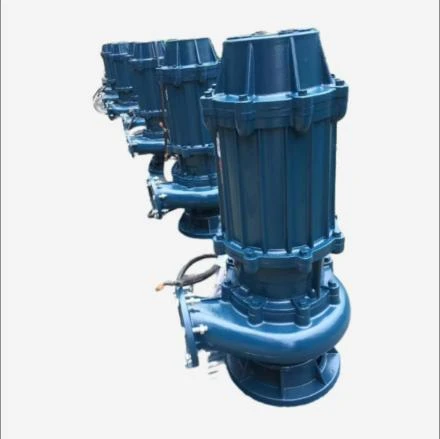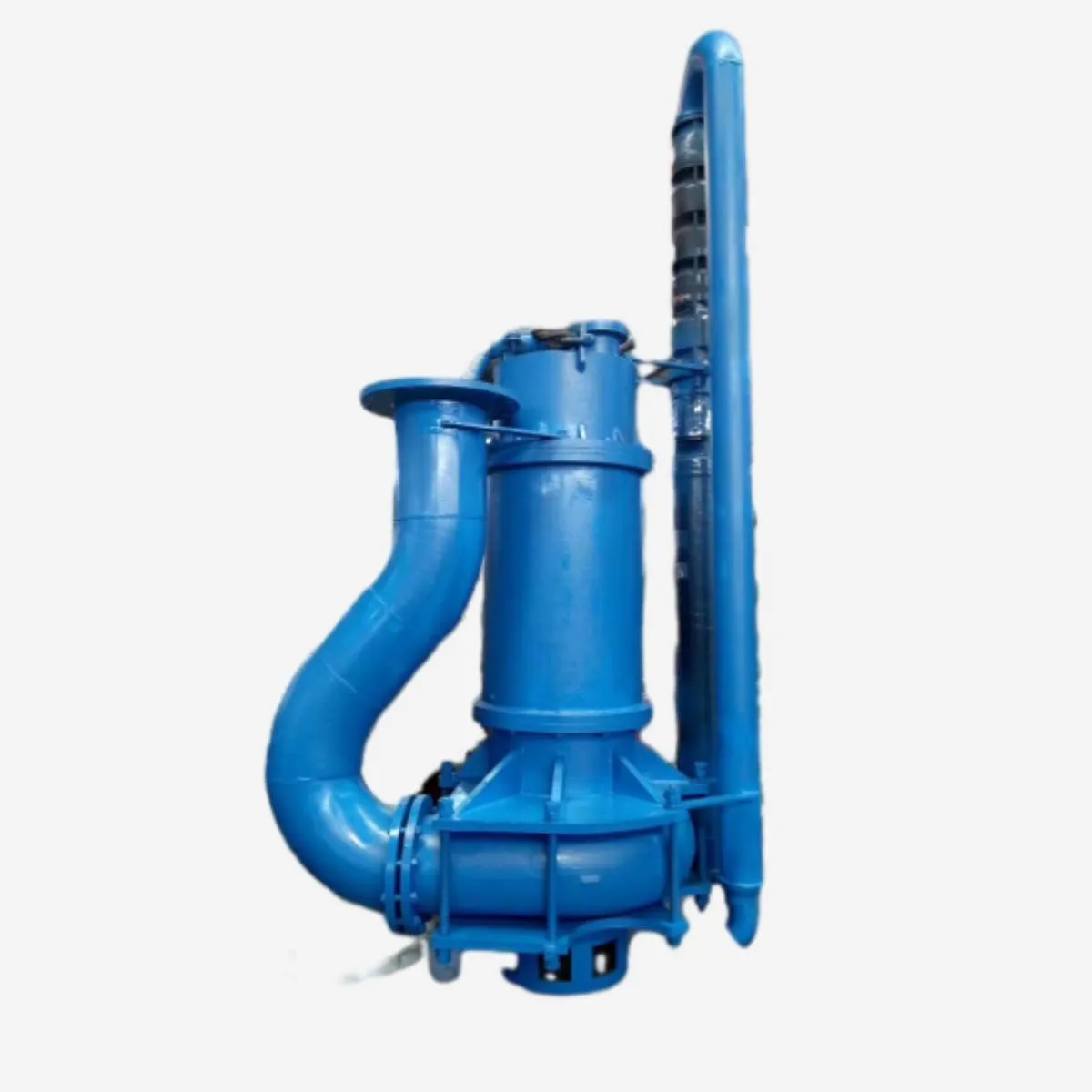TEL:
+86 13120555503
English
- Afrikaans
- Albanian
- Amharic
- Arabic
- Armenian
- Azerbaijani
- Basque
- Belarusian
- Bengali
- Bosnian
- Bulgarian
- Catalan
- Cebuano
- Corsican
- Croatian
- Czech
- Danish
- Dutch
- English
- Esperanto
- Estonian
- Finnish
- French
- Frisian
- Galician
- Georgian
- German
- Greek
- Gujarati
- Haitian Creole
- hausa
- hawaiian
- Hebrew
- Hindi
- Miao
- Hungarian
- Icelandic
- igbo
- Indonesian
- irish
- Italian
- Japanese
- Javanese
- Kannada
- kazakh
- Khmer
- Rwandese
- Korean
- Kurdish
- Kyrgyz
- Lao
- Latin
- Latvian
- Lithuanian
- Luxembourgish
- Macedonian
- Malgashi
- Malay
- Malayalam
- Maltese
- Maori
- Marathi
- Mongolian
- Myanmar
- Nepali
- Norwegian
- Norwegian
- Occitan
- Pashto
- Persian
- Polish
- Portuguese
- Punjabi
- Romanian
- Russian
- Samoan
- Scottish Gaelic
- Serbian
- Sesotho
- Shona
- Sindhi
- Sinhala
- Slovak
- Slovenian
- Somali
- Spanish
- Sundanese
- Swahili
- Swedish
- Tagalog
- Tajik
- Tamil
- Tatar
- Telugu
- Thai
- Turkish
- Turkmen
- Ukrainian
- Urdu
- Uighur
- Uzbek
- Vietnamese
- Welsh
- Bantu
- Yiddish
- Yoruba
- Zulu
Telephone: +86 13120555503
Email: frank@cypump.com
Jan . 28, 2025 03:56 Back to list
china vertical centrifugal slurry pump
Understanding and mastering the intricacies of slurry pump assembly is pivotal for industries reliant on efficient fluid management systems. A slurry pump is an essential component designed to handle fluids containing solid particles. Its assembly process is nuanced, demanding a blend of expertise, precision, and the right tools to ensure optimal performance and durability.
Assembly experts stress the importance of adhering to the manufacturer’s guidelines during the installation process. Deviations from these guidelines can lead to improper fitment, resulting in reduced efficiency or mechanical failures. Furthermore, employing precision instruments for measuring and aligning components is a critical practice that enhances accuracy and alignment during assembly. Once the assembly is complete, it’s imperative to conduct rigorous testing to verify the integrity and functionality of the pump. This typically includes operational tests under simulated conditions that replicate real-world scenarios. Parameters such as flow rate, pressure, and temperature are monitored to ensure the pump operates within the designed specifications. Proper documentation during the assembly and testing phase is essential to maintain a record of compliance with industry standards. This documentation provides traceability and accountability, reinforcing the pump's reliability and the assembler's expertise. For those involved in assembly, continuous learning and staying updated with the latest industry advancements and innovations is vital. This not only augments one’s expertise but also aligns the assembly practices with cutting-edge developments and technologies. In conclusion, a meticulous and informed approach to slurry pump assembly not only enhances the pump's performance but also elevates the reliability and efficiency of the entire fluid handling system. For industries, this translates into reduced downtime, lower maintenance costs, and improved productivity. Investing in knowledgeable and skilled personnel for the assembly process is therefore a strategic move that reaps long-term benefits. By emphasizing expertise, accuracy, and stringent adherence to best practices, the challenges of slurry pump assembly can be effectively navigated, ensuring that the systems remain robust and efficient in the most demanding applications.


Assembly experts stress the importance of adhering to the manufacturer’s guidelines during the installation process. Deviations from these guidelines can lead to improper fitment, resulting in reduced efficiency or mechanical failures. Furthermore, employing precision instruments for measuring and aligning components is a critical practice that enhances accuracy and alignment during assembly. Once the assembly is complete, it’s imperative to conduct rigorous testing to verify the integrity and functionality of the pump. This typically includes operational tests under simulated conditions that replicate real-world scenarios. Parameters such as flow rate, pressure, and temperature are monitored to ensure the pump operates within the designed specifications. Proper documentation during the assembly and testing phase is essential to maintain a record of compliance with industry standards. This documentation provides traceability and accountability, reinforcing the pump's reliability and the assembler's expertise. For those involved in assembly, continuous learning and staying updated with the latest industry advancements and innovations is vital. This not only augments one’s expertise but also aligns the assembly practices with cutting-edge developments and technologies. In conclusion, a meticulous and informed approach to slurry pump assembly not only enhances the pump's performance but also elevates the reliability and efficiency of the entire fluid handling system. For industries, this translates into reduced downtime, lower maintenance costs, and improved productivity. Investing in knowledgeable and skilled personnel for the assembly process is therefore a strategic move that reaps long-term benefits. By emphasizing expertise, accuracy, and stringent adherence to best practices, the challenges of slurry pump assembly can be effectively navigated, ensuring that the systems remain robust and efficient in the most demanding applications.
Share
Latest news
-
ISG Series Vertical Pipeline Pump - Chi Yuan Pumps Co., LTD.|Advanced Hydraulic Design&Energy-Efficient Solutions
NewsJul.30,2025
-
ISG Series Vertical Pipeline Pump - Chi Yuan Pumps Co., LTD.
NewsJul.30,2025
-
ISG Series Vertical Pipeline Pump - Chi Yuan Pumps Co., LTD.|energy-efficient fluid handling&industrial durability
NewsJul.30,2025
-
ISG Series Vertical Pipeline Pump - Chi Yuan Pumps | Advanced Engineering&Industrial Efficiency
NewsJul.30,2025
-
ISG Series Pipeline Pump - Chi Yuan Pumps | High Efficiency, Energy Saving
NewsJul.30,2025
-
ISG Series Vertical Pipeline Pump-Chi Yuan Pumps|High Efficiency&Reliable Performance
NewsJul.29,2025










